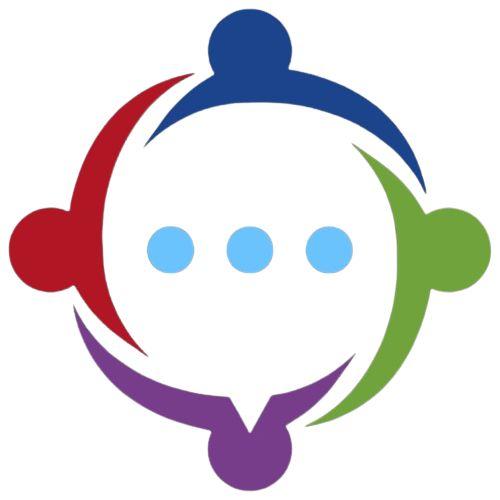The emergence of ChatGPT in the Dutch language denotes a significant leap forward in the localization of AI-driven conversational agents. These agents are designed to engage in human-like dialogue and perform a wide range of language-related tasks. This blog post discusses the implications and the growing significance of AI in the Dutch linguistic space.
Introduction to GPT-3 and its Multilingual Capabilities
ChatGPT, the conversational variant of OpenAI's GPT-3, has been a game-changer in the AI and chatbot landscape. Renowned for its impeccable language generation, the original GPT-3 has reached stratospheric levels of performance, capable of composing sonnets, generating news articles, and even code.
However, the major advancement lies in its multilingual capabilities. OpenAI has ventured into localizing GPT-3 for various languages, aiming to break down language barriers and offer communication solutions in multiple tongues, including Dutch (NL).
The Dutch Language Space and its Digital Evolutions
The Dutch language, with its rich linguistic history and contemporary use across multiple countries, is a critical space for technological advancements. From the Netherlands to Belgium and Suriname, Dutch is spoken by millions, and the need for digital language support is growing rapidly.
In the digital era, with a surge in internet use and growing digital literacy, the Dutch language space is constantly evolving. People expect and require digital content and services in their native language to access information, perform tasks, and communicate effectively. The arrival of ChatGPT in Dutch marks a significant step towards providing high-quality, native language digital services for Dutch speakers globally.
Cultural Nuances and Local Empathy in AI Language Processing
One of the challenges in AI language processing is understanding and respecting cultural nuances. A linguistic model is only as good as its ability to comprehend the subtleties of human expression and context. In the Dutch language, with its varied dialects and sociolinguistic patterns, this challenge is particularly pronounced.
ChatGPT's implementation in the Dutch language involves learning these nuances and adapting its conversational style to accommodate local idiosyncrasies, humor, cultural aspects, and phrasings. It’s more than mere translation—it’s about maintaining local empathy and ensuring that the AI serves Dutch-speaking users effectively and appropriately.
The Impact of ChatGPT on Dutch Language Learning and Education
The influence of AI on education is increasingly notable, and the Dutch language sector is no exception. With the proliferation of online learning platforms and the use of AI for language learning and educational support, the implementation of AI systems like ChatGPT in Dutch can revolutionize the way students learn and interact with language.
ChatGPT can simulate conversations, correct language usage, and interact dynamically with learners to provide real-time feedback. This personalized and interactive learning experience can greatly enhance the language acquisition process, making it more accessible and effective for all learners.
Echoes of ChatGPT in Dutch Media and Automation
In media and content creation, ChatGPT's foray into Dutch will likely lead to significant changes. Automated content generation, which has gained traction in the English language content market, could now offer Dutch language publishers and creators a new set of tools to empower and expedite their work.
Furthermore, the accessibility of AI-generated Dutch content will offer new opportunities for media consumption and engagement. With content generation tools operating at such high levels of proficiency, the content landscape is set to expand and innovate in unprecedented ways.
Challenges and Ethical Considerations in the Dutch ChatGPT Implementation
The rollout of ChatGPT in various languages, including Dutch, also raises ethical and technological challenges. The 'black box' nature of advanced AI models like GPT-3 means that it's sometimes unclear how the model arrives at its conclusions or recommendations.
Additionally, as with any AI, bias and sensitivity to certain topics and language use must be addressed. The Dutch ChatGPT must undergo rigorous testing and continual improvement to ensure that it does not inadvertently propagate stereotypes, misinformation, or offensive language.
The Future of ChatGPT in Dutch and Local AI Development
ChatGPT's integration into the Dutch language is an exciting milestone, but it's just the beginning. As AI continues to evolve, we can expect further development and innovation within the Dutch language AI sector. Whether it's enhancing customer support, powering language learning platforms, or enabling new creative endeavors, the potential is vast.
Local AI development is also likely to benefit from the availability of Dutch language models. With more access to AI technology, developers and startups in Dutch-speaking regions can build new applications and services tailored to their linguistic and cultural context, fostering innovation and growth. You can refer to and use GPT Chat for free at Chatgpt Nederlands
Conclusion
The rise of ChatGPT in the Dutch language is a beacon of innovation in the AI and language technology field. It marks a commitment to language diversity and the advancement of digital services for speakers of Dutch around the world. While challenges and ethical considerations remain, the potential for growth and positive impact is immense. The Dutch language ecosystem is poised to witness a new wave of digital expansion and creativity, driven by the power of AI-powered conversations.

